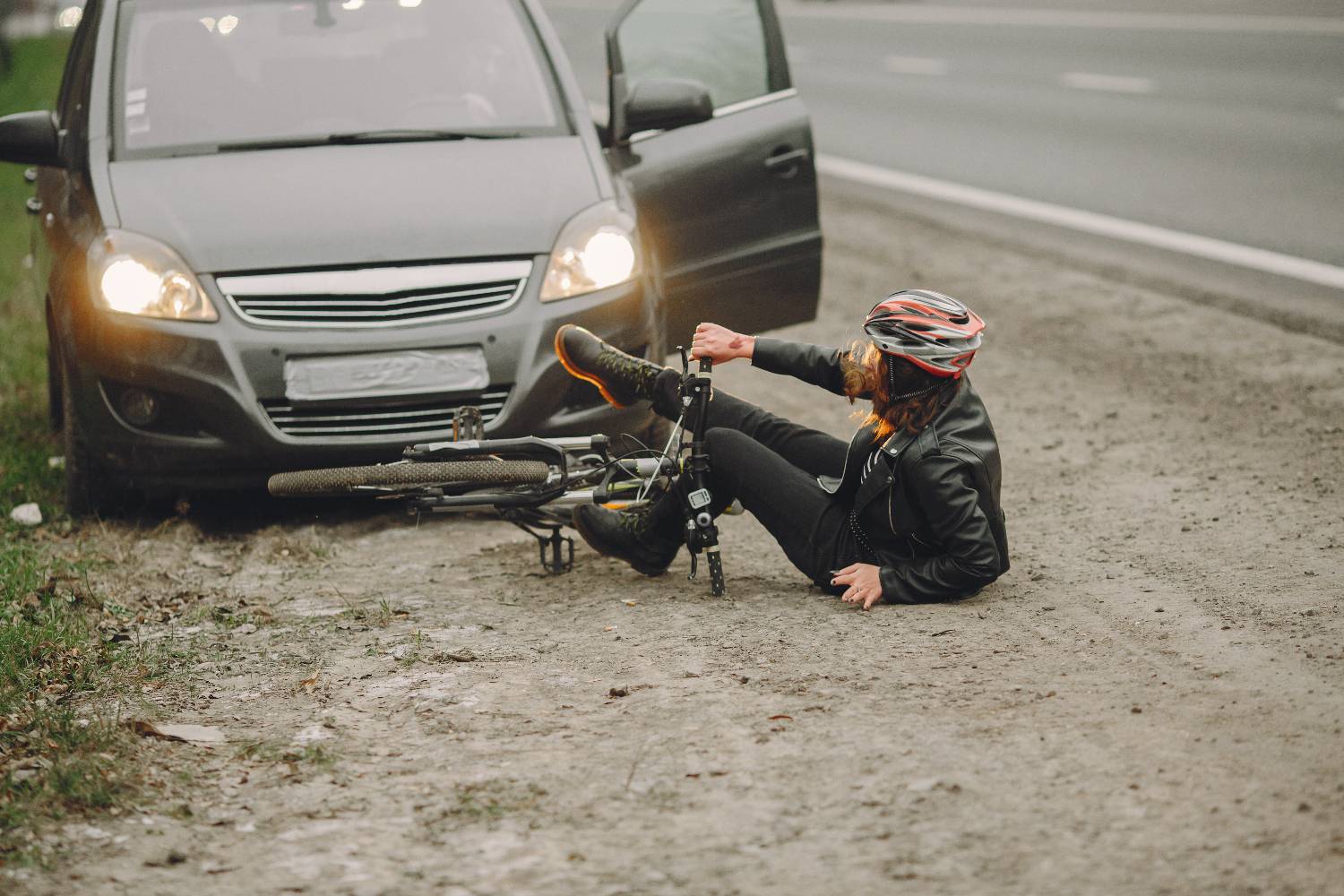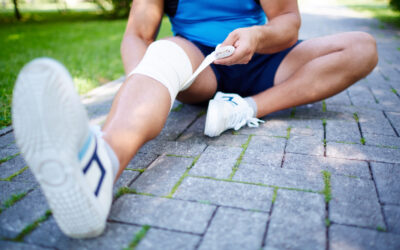Cycling can be invigorating, liberating, and even meditative—but it also comes with its risks. For avid cyclists and casual riders alike, injuries caused by bicycle accidents can be life-altering. Navigating your next steps after an accident is essential for both your health and any potential claims for compensation.
If you’ve been injured in a bicycle accident, here’s a comprehensive guide to help you understand what to do, how to stay safe in the future, and the legal resources available to you.
The Risks Cyclists Face
Cyclists in bustling metropolitan areas like the NYC/NJ region know all too well the dangers that come with sharing roads dominated by cars, trucks, and buses. Popular routes—such as Henry Hudson Drive, Route 9W, and the Palisades Interstate Park—offer scenic views and challenging terrain for cycling enthusiasts. However, these areas are densely populated and riddled with high-traffic roadways, creating hazardous conditions even for the most experienced riders.
The intersection of major highways like the NJ Turnpike/I-95 and the George Washington Bridge sees heavy volumes of vehicles, including aggressive and rushed drivers. Unfortunately, this has led to alarming statistics. For example, in 2019 alone, 29 cyclists lost their lives on New York City’s streets, with large trucks and buses responsible for many collisions.
Cyclists are particularly vulnerable. With minimal physical protection, accidents involving motor vehicles can result in severe injuries or worse. This reality underscores the importance of knowing your rights and the steps to take if you’re injured.
What to Do Immediately After a Bicycle Accident
If you’ve been involved in a bicycle accident, it’s critical to act quickly to protect both your health and your legal case. Follow these steps to ensure you have the best standing for any claims you may pursue:
- Seek Medical Attention
- Even if your injuries don’t seem severe, seek medical care immediately. Some injuries, such as concussions or internal damage, may not show immediate symptoms but can worsen over time.
- Call the Police and File a Report
- A police report serves as an official record of the accident. Provide factual, detailed information about what happened to ensure the report accurately reflects the situation.
- Gather Witness Information
- Speak with any witnesses to the accident and obtain their names and contact details. Their testimony may be vital to your case.
- Exchange Information with Drivers
- Collect the identification, driver’s license, and insurance details of any involved drivers. This information is critical for potentially pursuing a claim.
- Document the Scene
- Take photos of the accident site, your bicycle, the vehicles involved, and your injuries. If possible, obtain video or photographic evidence from local surveillance cameras.
- Track Your Medical Expenses and Recovery
- Maintain records of doctor’s visits, medical bills, prescriptions, and any treatments you undergo. Keep a journal logging your recovery, pain levels, and emotional state after the accident.
- Speak to an Experienced Attorney
- Consult an attorney with a proven track record of representing cyclists. They can help you pursue compensation for medical expenses, damages, and pain and suffering.
Staying Safe While Cycling
While you can’t control the actions of others on the road, there are steps you can take to minimize your risk of accidents and injury.
- Always wear a properly fitted helmet and consider additional protective gear.
- Avoid distractions. Stay off your phone and remain alert at all times.
- Steer clear of high-traffic areas during peak hours, whenever possible.
- Pay attention to the weather; avoid riding in poor conditions.
- Make sure your bike is properly maintained and the right size for you.
- Wear reflective or brightly colored clothing to increase visibility to drivers.
- Limit night riding, and if unavoidable, use lights and reflective gear.
- Avoid road hazards such as potholes, debris, or uneven surfaces.
- Ride in control—high speeds can reduce your ability to react to unforeseen events.
Legal Help for Bicycle Accident Victims
If you’ve been injured in a cycling accident, you may be entitled to compensation for both your immediate and future needs. Damages may cover medical bills, lost wages, repair costs, and additional compensation for pain and suffering. An experienced attorney will ensure your rights are protected and your claim is valuated appropriately.
At Injury Defense Team, we advocate for cyclists with passion and determination. Click on the free case evaluation to have an experienced attorney in your area review your claim.
Final Thoughts
Cycling offers incredible freedom and joy, but accidents can be devastating. If you find yourself injured, it’s important to act quickly and decisively to protect both your health and your rights. Seek medical attention, document everything, and secure legal representation.





